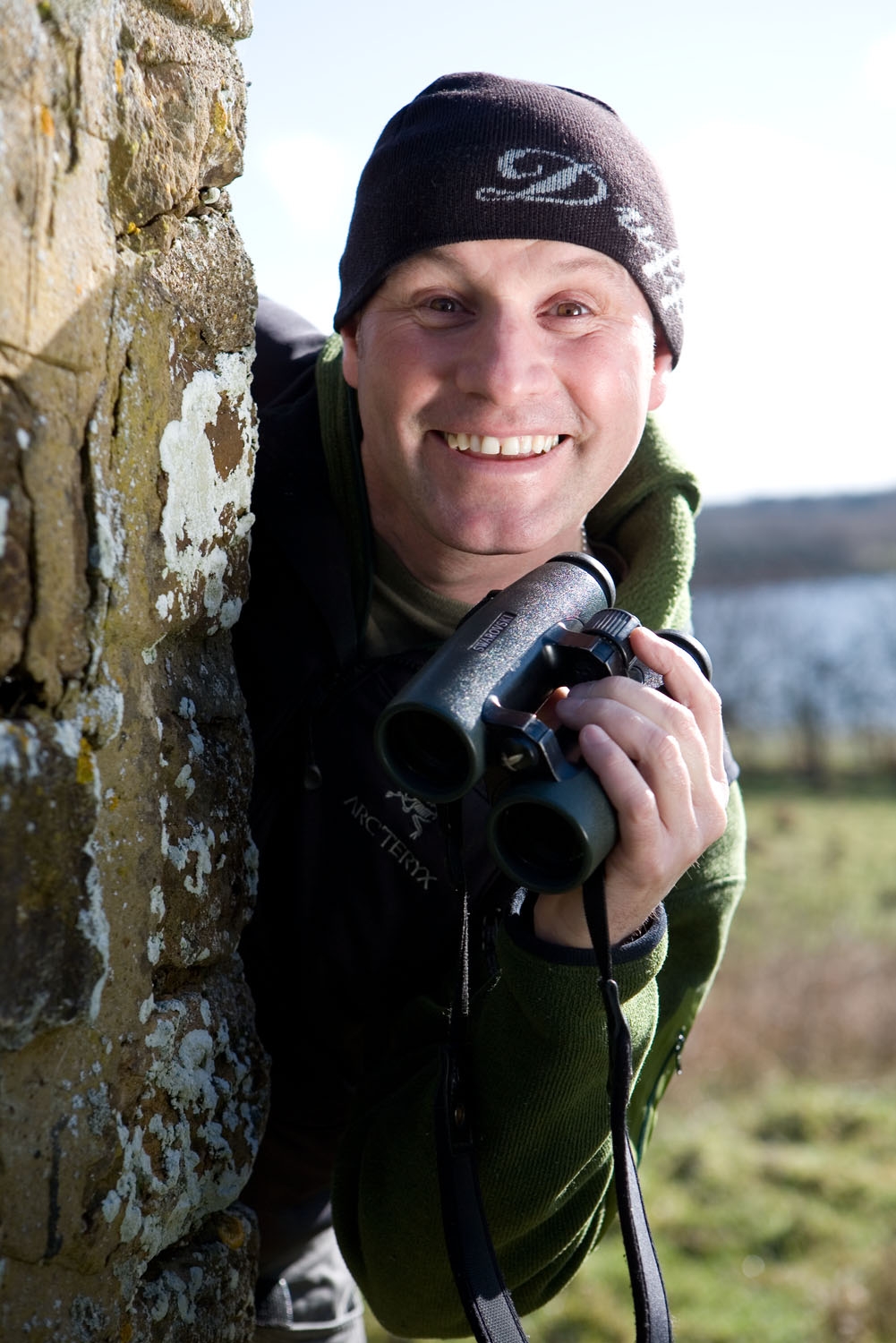There’s a remote speck in the Indian Ocean that was discovered on 25th December, 1643 by a little known English sea captain called William Mynors. It was duly named Christmas Island, and its sovereignty passed from the UK to Australia in 1958.
The island has since become renowned for hosting a natural spectacle so special that Sir David Attenborough ranked it among his 10 greatest moments captured for television. This wonderful event is, of course, the annual breeding march of the island’s endemic red crabs.
- Watch ingenious 'crab-safe' car drive through millions-strong red crab migration on Christmas Island
- What's the biggest crab in the world?
Why are there so many red crabs on Christmas Island?
Red crabs need a humid environment, so spend most of the dry season confined to rainforests in the island’s interior, either underground in burrows (with leaves plugging the entrances) or deep within rock crevices. They emerge occasionally to feed, mostly on fallen leaves, fruit, flowers and seedlings, but also on carrion and, when the opportunity arises, on non-native giant African land snails. With little competition for food and no natural predators, the number of crabs on the island is vast – recent estimates put the population of this keystone species at around 100 million.
When does the red crab migration take place?
The synchronised and spectacular march of the crabs to their seashore breeding grounds is timed to coincide with the first rain of the wet season. This usually falls in October or November, but more recently has come as late as December, even January.
What happens during the red crab migration?
The males are invariably the first to leave the forest, with the females following a few days later. In optimal conditions, the sheer number of crabs on the move assumes biblical proportions as these colourful creatures swarm among trees, through streams and across roads, engulfing anything in their path.
The males reach the beach first, digging burrows for their mates-to-be on the lower shore, close to the sea. Given the huge number of crabs vying for space, these underground dwellings are often in close proximity, with squabbles breaking out if a male senses that his tiny but precious patch of real estate is under threat. The arriving females soon outnumber the males, with mating taking place in or close to the burrows.
With their part in breeding over for another year, the males take a rehydrating dip in the ocean before heading back to the forest, leaving their partners safely cocooned underground with their developing eggs.
A few weeks later, the egg-laden females are ready to emerge and release their progeny – but will only do so under a very specific set of conditions. They only spawn when the moon is in its last quarter, to ensure optimal tidal conditions; on a receding high tide, to ensure offspring are carried out to sea; and before sunrise, to minimise the risk from predators. When these stars align, it is possible to count upwards of 100 red crabs swathing every available square metre of sand and rock.
Moving into the water, the females raise their pincers skywards and perform what can only be described as a ‘jig for joy’ as they shake their eggs into the water, transforming the shallows into a black turbid soup. Spawning complete, they return inland.
The larvae hatch upon contact with water, and go through several stages before developing into diminutive, prawn-like creatures known as megalopae. Many will fall victim to hungry fish, but those that survive emerge from the shallows a month or so later as tiny but fully formed crabs, and quickly head for the sanctuary of the forest. Most years, few reach adulthood but once or twice a decade a huge number survives, adding to the island’s already healthy population.
So spectacular is the march of the Christmas Island crabs that it has become a popular tourist attraction, representing big business for local communities. Perhaps for them, the event could be seen as an early Christmas gift.
Where can you see the red crab migration?
The annual red crab migration occurs on Christmas Island, an Australian territory in the Indian Ocean. Specific locations include:
- Greta Beach – A steep staircase takes you down the cliff to this pretty cove that also hosts nesting green turtles at the end of the year
- Flying Fish Cove – This is both the capital city and main settlement on Christmas Island, with a stunning white sandy beach and an extensive coral reef just beyond
- Ethel Beach – A picturesque and tranquil beach with a fringe of forest in the north east of the island, which also offers terrific snorkelling over the coral reefs
- Murray Road, south of Drumsite – Christmas Island’s official ‘crab bridge’ has been built on this busy road to facilitate the red-crab migration, as well as making it safer and easier for drivers
Discover more amazing wildlife stories from around the world
- “A colossal crab the size of a car tyre was pushing against my door”
- There’s a remote volcanic island off Brazil home to scientists, the military – and a crab called John
- “They’re all eating each other right now... it's the craziest I've ever seen them." Divers film surreal tuna crab swarm in California
- These toxic and highly poisonous crabs are capable of killing a human with just tiny amount of toxin - and there's no antidote!





